Shaving off hair on the face usually does not have a direct impact on health, but may cause skin irritation or hair regrowth and thickening. Facial hair has physiological functions such as blocking dust and regulating sweat secretion, and frequent scraping may damage the skin barrier.
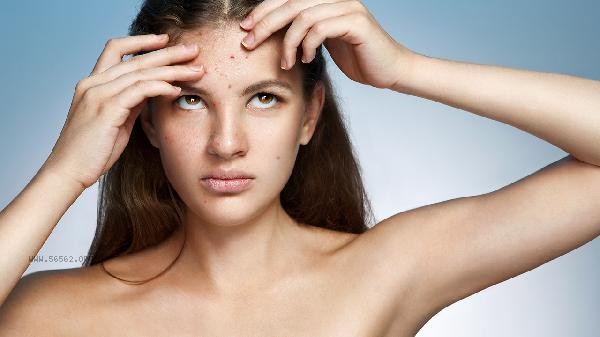
1. Skin Irritation Reaction
Friction of the blade during shaving may cause redness, stinging, or minor wounds on the skin, especially in people with sensitive skin. Improper operation may also cause folliculitis, manifested as red, swollen papules or pustules. It is recommended to use a clean and sharp razor, soften hair with warm water before shaving, and reduce friction with alcohol free shaving foam.
2. Changes in hair morphology
After shaving, the cross-section of newly formed hair becomes flattened, appearing thick and hard visually, but the actual number of hair follicles and hair diameter remain unchanged. This phenomenon is particularly evident around the lips and other areas, which may exacerbate the "stubble sensation". Wax or optical hair removal can maintain a smoother effect for a longer period of time.
3. Weakened barrier function
Facial fine hairs can help absorb particulate matter in the air, and excessive removal can cause direct skin contact with pollutants. After shaving, the stratum corneum may be damaged, leading to increased transdermal water loss and resulting in dryness and flaking. After surgery, it is necessary to immediately use a repair cream containing ceramide to enhance moisturization.

4. Risk of Pigmentation
Repeated scratching may stimulate the activity of melanocytes, especially in people with darker skin or after inflammation subsides, brown acne like spots may appear in the shaved area. The mercaptoacetic acid component in chemical hair removal cream may also cause such reactions, and strict sun protection is required after operation.
5. Hair Growth Cycle
Shaving only removes the surface of the skin and does not affect the hair follicle growth period. After about 2-3 days, the hair will regrow and requires continuous care to maintain the effect. For hirsutism caused by hormonal abnormalities, priority should be given to regulating endocrine function rather than relying solely on physical hair removal.
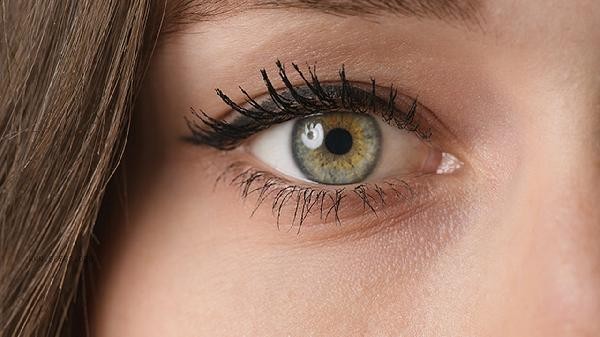
For daily care, it is recommended to choose an electric razor to reduce irritation, and use aloe gel to calm after shaving. If there is persistent redness or keratinization of hair follicles, consult a doctor for medical treatment such as laser hair removal. Pay attention to distinguishing between physiological hirsutism and pathological hirsutism. Sudden increase in facial hair in women may indicate diseases such as polycystic ovary syndrome, and prompt medical examination is necessary. Keep the shaving tools clean and dry, avoid mixing with others to prevent cross infection.

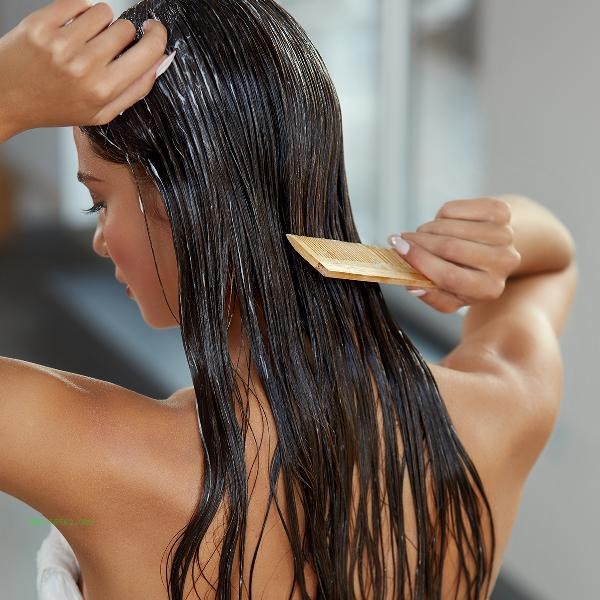
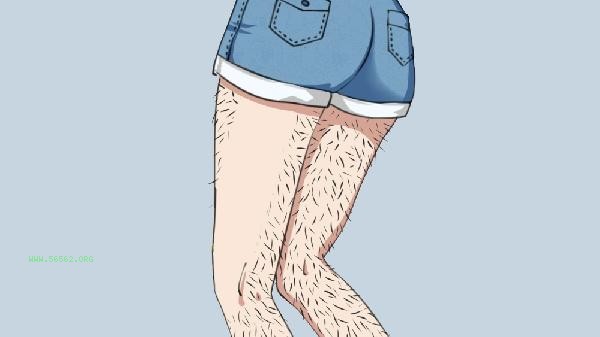

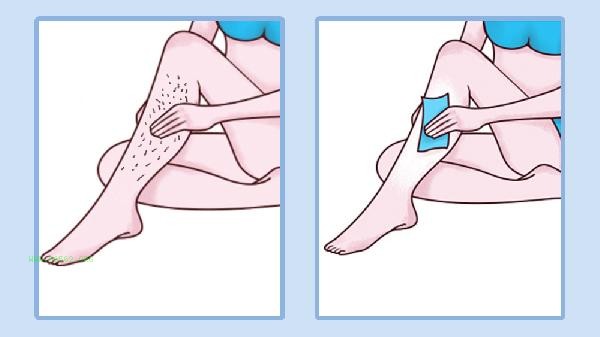
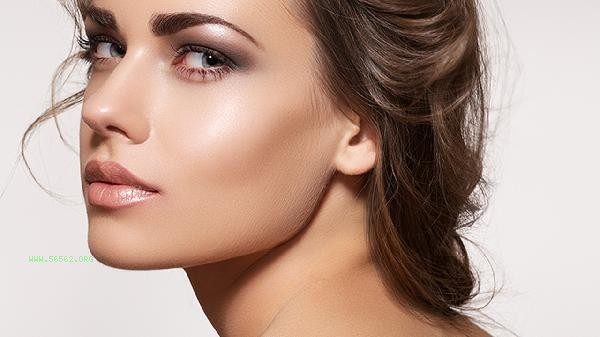


Comments (0)
Leave a Comment
No comments yet
Be the first to share your thoughts!